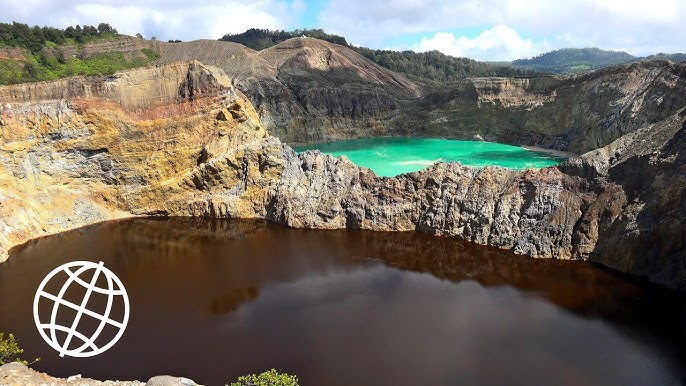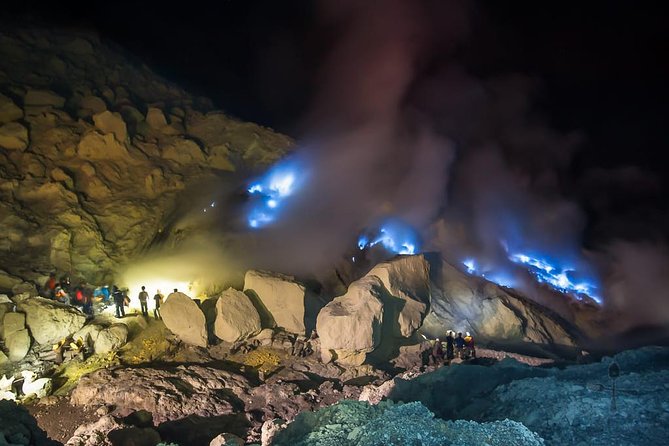The platypus is one of the rarest and most unusual animals in the world. Native to Australia, this semi aquatic mammal has a combination of features that seem impossible at first glance. With a duck like bill, webbed feet, fur covered body and the ability to lay eggs, the platypus stands as one of nature’s most extraordinary creations. Its unique biology continues to attract researchers, wildlife enthusiasts and travelers.
A Mammal That Lays Eggs
One of the most remarkable traits of the platypus is its ability to lay eggs. This makes it part of a small group of egg laying mammals known as monotremes. After laying eggs, the mother curls around them to keep them warm. Once the young hatch, they feed on milk that the mother releases through pores in her skin.
A Duck Like Bill With Special Sensors
The bill of a platypus is not just for appearance. It contains thousands of electroreceptors that help detect electrical signals produced by the movements of prey. This allows the platypus to hunt underwater with its eyes, ears and nose closed. It uses its sensitive bill to locate insects, worms and small crustaceans hidden in riverbeds.
Adapted for Life in Water
The platypus is an excellent swimmer. Its webbed feet act like paddles, allowing it to glide effortlessly through rivers and streams. When on land, the webs fold back to reveal claws that help it walk and dig. Its dense waterproof fur keeps it warm even in cold waters, providing crucial insulation.
A Venomous Mammal
Male platypuses have a sharp spur on their hind legs that can deliver venom. Although not deadly to humans, the venom is extremely painful and can cause swelling that lasts for weeks. This rare feature makes the platypus one of the few venomous mammals on the planet.
Conservation and Habitat
Platypuses live in freshwater ecosystems across eastern Australia and Tasmania. Their habitats include rivers, creeks and lakes with clean water and stable banks for burrowing. Threats to their survival include pollution, habitat destruction and climate related changes. Conservation programs focus on protecting waterways and monitoring population health.
A Symbol of Australia’s Natural Diversity
The platypus has become an iconic symbol of Australian wildlife. Its strange combination of traits challenges traditional views of animal classification and showcases the rich evolutionary history of the continent. Scientists continue to study its genome and biology to learn more about how such a unique animal evolved.
The platypus remains one of the most extraordinary animals on Earth. Its egg laying behavior, electro sensitive bill, venomous spur and aquatic lifestyle make it a true wonder of nature. Exploring the world of the platypus offers valuable insight into evolution and the incredible diversity of life on our planet.





